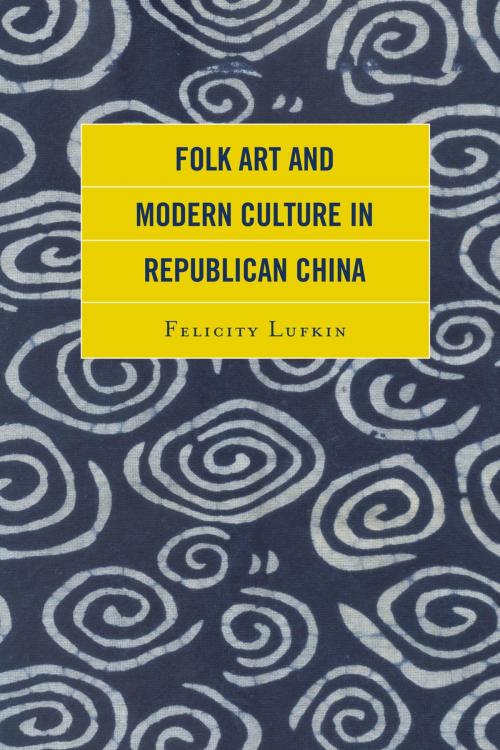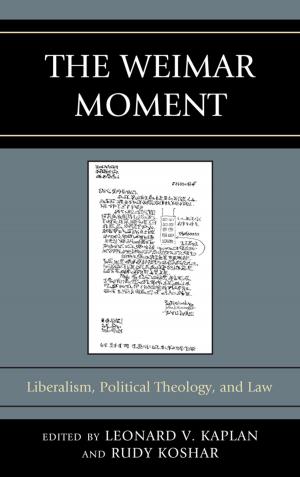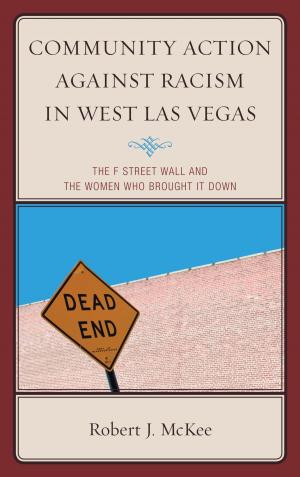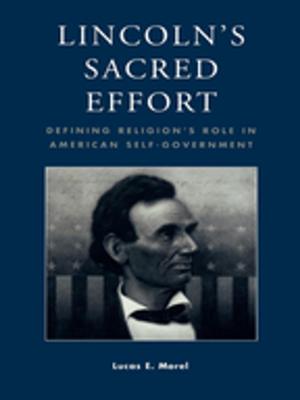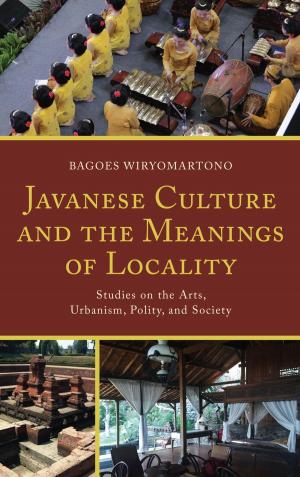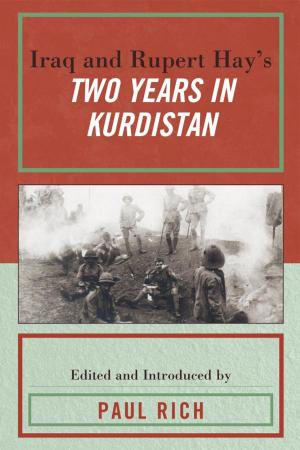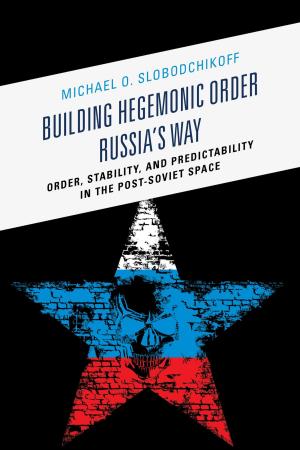Folk Art and Modern Culture in Republican China
Nonfiction, History, Asian, China, Social & Cultural Studies, Social Science, Anthropology| Author: | Felicity Lufkin | ISBN: | 9781498526296 |
| Publisher: | Lexington Books | Publication: | January 21, 2016 |
| Imprint: | Lexington Books | Language: | English |
| Author: | Felicity Lufkin |
| ISBN: | 9781498526296 |
| Publisher: | Lexington Books |
| Publication: | January 21, 2016 |
| Imprint: | Lexington Books |
| Language: | English |
Folk art is now widely recognized as an integral part of the modern Chinese cultural heritage, but in the early twentieth century, awareness of folk art as a distinct category in the visual arts was new. Internationally, intellectuals in different countries used folk arts to affirm national identity and cultural continuity in the midst of the changes of the modern era. In China, artists, critics and educators likewise saw folk art as a potentially valuable resource: perhaps it could be a fresh source of cultural inspiration and energy, representing the authentic voice of the people in contrast to what could be seen as the limited and elitist classical tradition. At the same time, many Chinese intellectuals also saw folk art as a problem: they believed that folk art, as it was, promoted superstitious and backward ideas that were incompatible with modernization and progress. In either case, folk art was too important to be left in the hands of the folk: educated artists and researchers felt a responsibility intervene, to reform folk art and create new popular art forms that would better serve the needs of the modern nation.
In the early 1930s, folk art began to figure in the debates on social role of art and artists that were waged in the pages of the Chinese press, the first major exhibition of folk art was held in Hangzhou, and the new print movement claimed the print as a popular artistic medium while, for the most part, declaring its distance from contemporary folk printmaking practices. During the war against Japan, from 1937 to 1945, educated artists deployed imagery and styles drawn from folk art in morale-boosting propaganda images, but worried that this work fell short of true artistic accomplishment and pandering to outmoded tastes. The questions raised in interaction with folk art during this pivotal period, questions about heritage, about the social position of art, and the exercise of cultural authority continue to resonate into the present day.
Folk art is now widely recognized as an integral part of the modern Chinese cultural heritage, but in the early twentieth century, awareness of folk art as a distinct category in the visual arts was new. Internationally, intellectuals in different countries used folk arts to affirm national identity and cultural continuity in the midst of the changes of the modern era. In China, artists, critics and educators likewise saw folk art as a potentially valuable resource: perhaps it could be a fresh source of cultural inspiration and energy, representing the authentic voice of the people in contrast to what could be seen as the limited and elitist classical tradition. At the same time, many Chinese intellectuals also saw folk art as a problem: they believed that folk art, as it was, promoted superstitious and backward ideas that were incompatible with modernization and progress. In either case, folk art was too important to be left in the hands of the folk: educated artists and researchers felt a responsibility intervene, to reform folk art and create new popular art forms that would better serve the needs of the modern nation.
In the early 1930s, folk art began to figure in the debates on social role of art and artists that were waged in the pages of the Chinese press, the first major exhibition of folk art was held in Hangzhou, and the new print movement claimed the print as a popular artistic medium while, for the most part, declaring its distance from contemporary folk printmaking practices. During the war against Japan, from 1937 to 1945, educated artists deployed imagery and styles drawn from folk art in morale-boosting propaganda images, but worried that this work fell short of true artistic accomplishment and pandering to outmoded tastes. The questions raised in interaction with folk art during this pivotal period, questions about heritage, about the social position of art, and the exercise of cultural authority continue to resonate into the present day.
